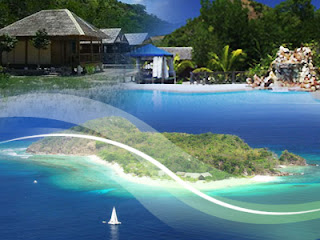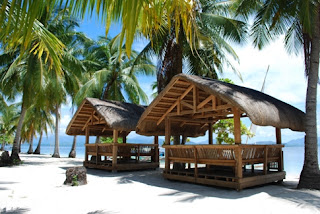St. Basil’s Cathedral in capital of the Russian Federation, Russia was assembled along Ivan the Terrible between 1555 and 1561. Agreeing to captions, the builder of this Cathedral was blinded so that such a aesthetic structure could never be built again. The Cathedral is vividly colourful and arrests redbrick towers that add together to its beauty. The church’s plan consists of nine chapels, each mounted with its case-by-case dome that marks the assault on the city by Kazan. The Cathedral provides a strong religious symbolisation and is based on architectural designs bumped in Jerusalem. 8 of the domes make a circular form around the ninth dome, forming a star (if viewed of the top). The act eight is considered an auspicious number agreeing to Jewish calendar. There's a cryptic contrast between the interior and the exterior of the Cathedral. The inner checks modest decorations and is not that outstanding. The corridors deep down are narrow and don’t have adequate space for believers seating. Many times in history, the Cathedral has suffered damage ascribable violent communal incidents. If stories are to cost true, the French ruler Napoleon wanted to take St. Basil back to France with him, but imputable the lack of such as technology, he ordered his army to destroy it in order that nay one else could occupy the church. His army had prepared to attack the church service and had also lit up the gunpowder, but a mysterious rain shower kept the detonations. These are legends, but hoi polloi really believe in St. Basil’s mystic powers and there are a deal of committed worshippers.
The Best Tourist Places
These are the most popular tourism,worlds best tourism places. Here not just information about best tourism places of the world along with route to visit with cheap expenses.
Friday, June 1, 2012
Sunday, May 20, 2012
Palawan Philippines Beautiful Beaches
Palawan is an island province of the Philippines located in the MIMAROPA region or Region 4. Its capital is Puerto Princesa City, and it is the largest province in the country in terms of total area of jurisdiction. The islands of Palawan stretch from Mindoro in the northeast to Borneo in the southwest. It lies between the South China Sea and the Sulu Sea. The province is named after its largest island, Palawan Island (09°30′N 118°30′E), measuring 450 kilometres (280 mi) long, and 50 kilometres (31 mi) wide. Palawan is composed of the long and narrow Palawan Island, plus a number of other smaller islands surrounding the main island. The Calamianes Group of Islands, to the northeast consists of Busuanga Island, Culion Island, and Coron Island. Durangan Island almost touches the westernmost part of Palawan Island, while Balabac Island is located off the southern tip, separated from Borneo by the Balabac Strait. In addition, Palawan covers the Cuyo Islands in the Sulu Sea. The disputed Spratly Islands, located a few hundred kilometres to the west is considered part of Palawan by the Philippines, and is locally called the Kalayaan Group of Islands.
The history of Palawan may be traced back 22,000 years ago, as confirmed by the discovery of bone fragments of the Tabon Man in the municipality of Quezon. Although the origin of the cave dwellers is not yet established, anthropologists believe they came from Borneo. Known as the Cradle of Philippine Civilization, the Tabon Caves consist of a series of chambers where scholars and anthropologists discovered the remains of the Tabon Man along with his tools and a number of artifacts.
The history of Palawan may be traced back 22,000 years ago, as confirmed by the discovery of bone fragments of the Tabon Man in the municipality of Quezon. Although the origin of the cave dwellers is not yet established, anthropologists believe they came from Borneo. Known as the Cradle of Philippine Civilization, the Tabon Caves consist of a series of chambers where scholars and anthropologists discovered the remains of the Tabon Man along with his tools and a number of artifacts.
Subscribe to:
Posts (Atom)











